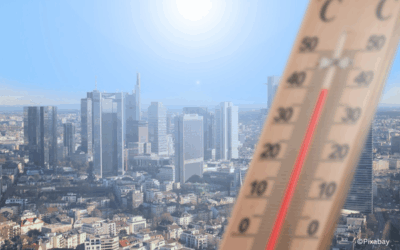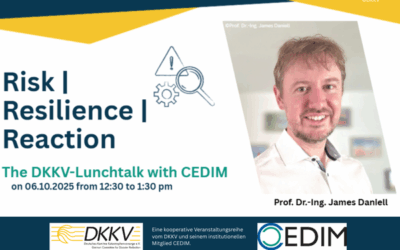The DKKV is…
German Committee for Disaster Reduction e.V. (ger.: Deutsches Komitee Katastrophenvorsorge e.V.)
Newsblog
Delegation From Belo Horizonte, Brazil
On 2 October, Bruno Passeli, Secretary of Planning, Budget and Management of the city of Belo Horizonte in Brazil, visited the ICLEI World Secretariat in Bonn. As part of the meeting, the DKKV presented its work and discussed with the delegation issues related to...
Delegation OF Qinghai Normal University, China
On October 1, the DKKV had the pleasure of welcoming a delegation from Qinghai Normal University in China. The exchange focused primarily on questions of disaster preparedness and risk management. Similarities and differences between the Chinese and German approaches...
New analysis shows: Global cities have recorded 25% more extreme heat days since the 1990s
A new analysis by the International Institute for Environment and Development (IIED) shows that the world's largest capital cities now experience around 25% more days of extreme heat than they did in the 1990s. Cities such as Madrid, Rome and Manila are particularly...
Risk I Resilience I Reaction: Second Lunchtalk session on Monday!
On Monday, 6 October 2025 at 12:30 p.m., the second session of the joint lunchtime talk series organised by the DKKV and its institutional member CEDIM will take place. Entitled ‘Between the private and public world: Post-disaster loss assessment in the...
Follow us




What is disaster risk reduction?
Storms, natural hazards and extreme events can quickly become a danger to people and the environment. But climate change, extreme urbanization, power outages and fires also offer potential hazards.
A disaster occurs when the functioning of a community or society is impaired or interrupted and, as a result, high human, material, economic and ecological losses occur that cannot be managed alone.
Precautionary measures can help to reduce the consequences and impact of the disaster. Depending on the hazard and personal circumstances, the precautionary measures to be taken may vary.
Find out more about potential hazards and individual precautionary measures on our topic pages.






